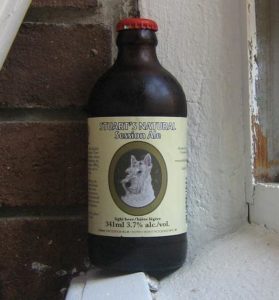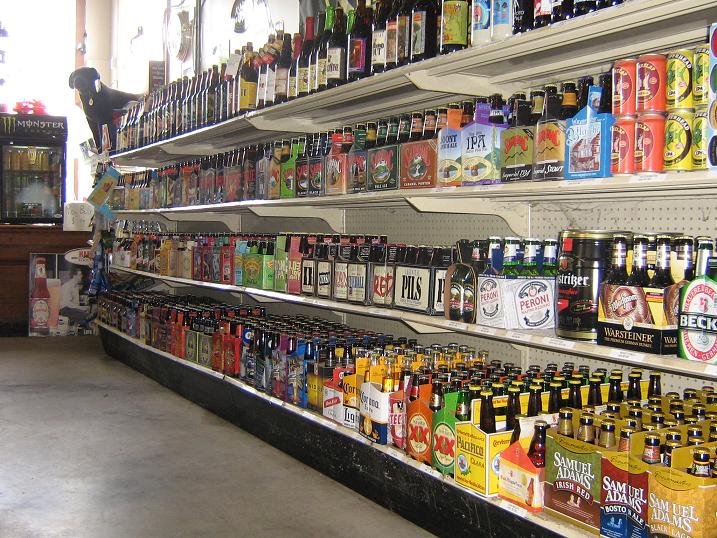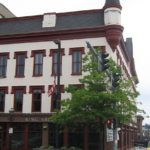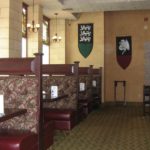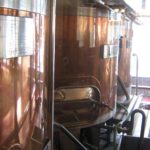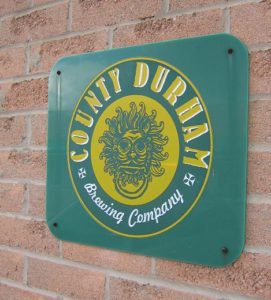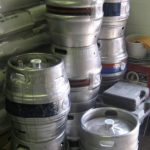I think the Pub Game Project is the only beer related movement which has taken off with less haste than Lew’s recently reinvigorated Session Beer Project, now with its own blog and Facebook group. No time for social networking with the PGP as the only digital handiwork it should ever give rise to is a good round of shove ha’penny. Yet apparently (but much to my surprise) the PGP actually has enemies in very high places in Maryland:
A veteran state senator has abandoned his effort to ban drinking games such as beer pong and flip cup in Baltimore City bars in the face of a growing online lobbying effort. Sen. George W. Della Jr., a Baltimore Democrat, said such games encourage excessive drinking, which leads to raucous behavior in city neighborhoods. A bill he introduced late last month would have outlawed any games that award drinks as prizes in city taverns.
Wow! And the synopsis of the proposed law provided by the State Senate is even grimmer characterizing it as: “prohibiting a holder of a retail alcoholic beverages license or owner or operator of a bottle club from allowing drinking games or contests on the premises.” What is a drinking game? Darts where the loser buys drinks? What other pub games could fall under this law?
Sure, this is aimed at beer pong and is stoked by incidents like the banning of the game by universities. But this clearly goes further as the text of the bill itself indicates: warning, pdf! The proposed section 21-105.1(B) states that no license holder may allow the playing of
…a game commonly known as beer pong or any other game or contest that involves drinking alcoholic beverages or the awarding of drinks of alcoholic beverages as prizes.
I read that as very broad and going well beyond beer pong or drinks as prizes. Oddly, the proposed law applies only to Baltimore but, if violated, a licensee could be fined or even have their license pulled for allowing this somewhat commonplace if not traditional pastime. People playing games as they are enjoying drinks – even games involving drinks. Must be wicked.
It all reminds me of the steps taken in mid-1600s England to ban the toasting to the health of this politician or that member of royalty – not because it was unhealthy and led to over drinking and not because it was loud. It was because it was suspected as being seditious. Whisperers. Pamphleteers. Are these beer pong players, these darts for beer gangs, these shove ha’penny men not the same thing, the beginning of a modern day thin edge of a wedge? Never mind of what the wedge consists. Those kinds of questions might raise eyebrows. Best to know your place if you know what’s good for you. Wouldn’t want to be known as a pub gamer.



 Right: Levi Veney, ex-slave who lived in Amherstburg, taken at J. D. Burkes’ store, 1898.
Right: Levi Veney, ex-slave who lived in Amherstburg, taken at J. D. Burkes’ store, 1898. 


